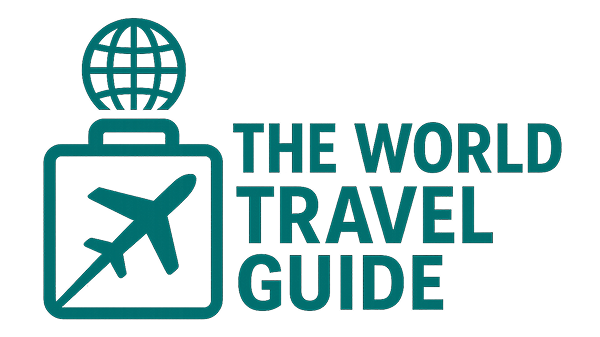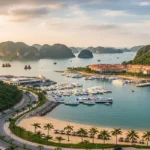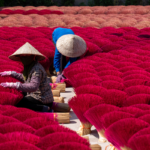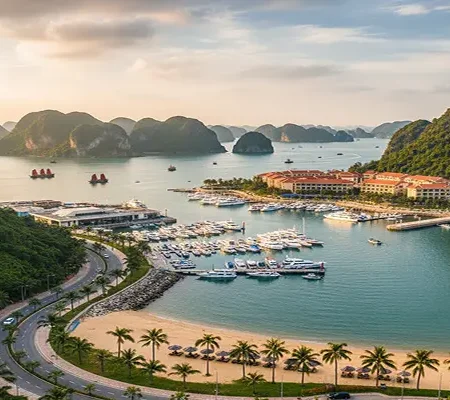Ho Chi Minh City—affectionately known as Saigon—thrums with relentless energy. Here, sleek skyscrapers rub shoulders with colonial relics, buzzing motorbikes jostle through narrow alleyways, and the aroma of fresh pho drifts alongside hidden cafés. It’s a city of vibrant contrasts: frenetic yet soothing, modern yet steeped in layers of history.
At The World Travel Guide, we believe travel is not just ticking boxes—it’s about feeling a city’s pulse, tasting its stories, and discovering the places that don’t always make the postcards. In this guide, we’ll walk you through Ho Chi Minh City’s unmissable highlights—from iconic landmarks to tucked-away treasures—helping you craft days filled with wonder.
Why Visit Ho Chi Minh City?
Ho Chi Minh City isn’t just a stopover; it’s a destination that rewards those who dive in with an open mind. The city’s history is palpable, offering lessons on resilience through sites that recount the Vietnam War and French colonial era, making it a must for history buffs. Beyond that, its food culture is legendary—think steaming bowls of pho, fresh spring rolls, and coffee that’s strong enough to fuel a full day of exploration. The markets buzz with life, where bargaining for souvenirs or sampling exotic fruits becomes an adventure in itself.
For culture seekers, HCMC’s temples and festivals provide glimpses into Vietnamese traditions, while its growing arts scene showcases contemporary talent. It’s also incredibly affordable, with street eats costing pennies and luxury hotels offering great value. Travelers often find the people warm and welcoming, eager to share stories over a glass of bia hoi (fresh beer). In a country that’s evolving quickly, HCMC embodies Vietnam’s spirit of progress while honoring its past, making it an essential experience for anyone venturing into Southeast Asia.
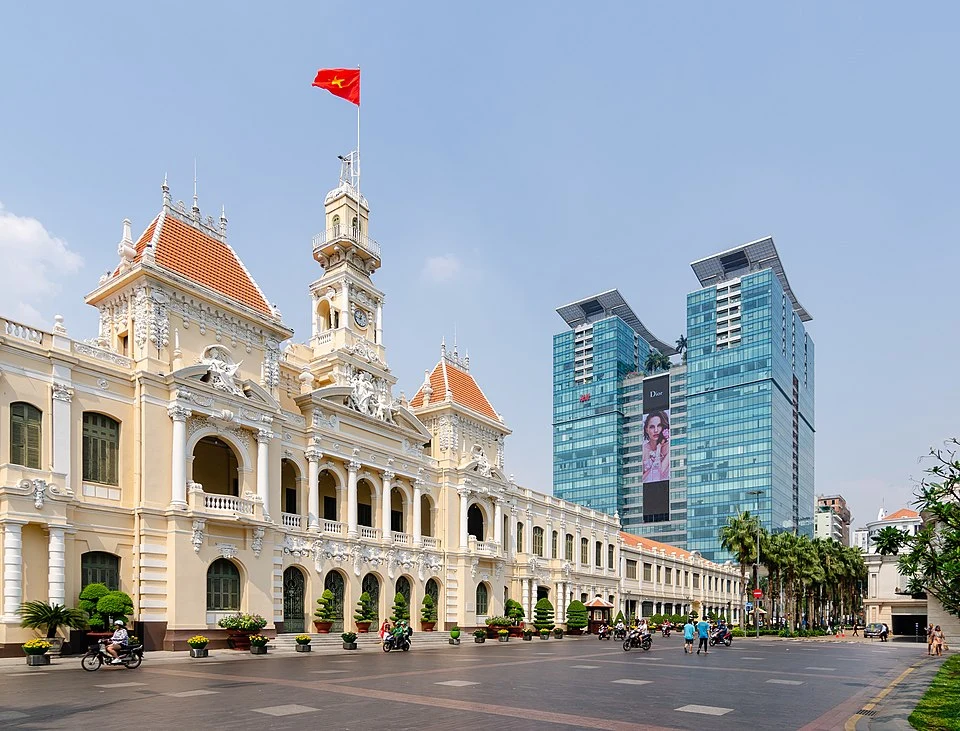
Top 7 Things to Do in Ho Chi Minh City
We’ve handpicked seven standout activities that capture the essence of HCMC, ranging from historical tours to culinary escapades. Each comes with practical details like distance from a central point (Ben Thanh Market in District 1), elevation metrics (minimal in this flat city), suggested duration, and difficulty level based on physical effort, crowds, and navigation.
1. Explore the War Remnants Museum
This museum is a sobering dive into the Vietnam War, featuring exhibits like preserved tanks, aircraft, and poignant photographs that highlight the conflict’s human cost. It’s not just artifacts; it’s a narrative that encourages reflection on war’s impacts. Wander through the outdoor displays and indoor galleries for a comprehensive look at history from a Vietnamese perspective.
- Distance: 1.5 km from Ben Thanh Market (10-15 minutes by foot or taxi).
- Elevation Gain: 0 meters (flat terrain).
- Max Altitude: 10 meters above sea level.
- Duration: 1-2 hours.
- Difficulty: Easy—air-conditioned indoors; emotional content may be intense.
2. Visit the Cu Chi Tunnels
A short day trip outside the city, these underground networks were used by Viet Cong fighters during the war. Crawl through narrow sections (optional), learn about guerrilla tactics, and see booby traps recreated for education. It’s a fascinating, if claustrophobic, insight into wartime ingenuity.
- Distance: 70 km from Ben Thanh Market (1-2 hours by bus or tour van).
- Elevation Gain: Minimal, about 5 meters in descents.
- Max Altitude: 15 meters.
- Duration: 4-6 hours round trip.
- Difficulty: Moderate—some crawling; dusty and humid.
3. Wander Notre-Dame Cathedral Basilica and Saigon Central Post Office
These French colonial gems sit side by side in the heart of the city. The red-brick cathedral, built in the late 1800s, features stunning stained glass and twin spires, while the post office boasts Gustave Eiffel’s iron framework and a bustling interior perfect for sending postcards.
- Distance: 0.5 km from Ben Thanh Market (5-minute walk).
- Elevation Gain: 0 meters.
- Max Altitude: 10 meters.
- Duration: 30-45 minutes.
- Difficulty: Easy—central location; watch for traffic.
4. Shop and Eat at Ben Thanh Market
This iconic market is a sensory explosion of vendors selling everything from silk scarves to tropical fruits. Haggle for deals, then grab a seat at a food stall for authentic banh mi or fresh seafood. It’s the ultimate spot to immerse in local commerce and cuisine.
- Distance: 0 km (central reference point).
- Elevation Gain: 0 meters.
- Max Altitude: 10 meters.
- Duration: 1-3 hours.
- Difficulty: Moderate—crowded; bargaining skills helpful.
5. Take a Mekong Delta Day Trip
Escape the city for the lush waterways of the Mekong Delta. Boat rides through floating markets, visits to coconut candy factories, and bike tours of rural villages offer a glimpse of river life. It’s a refreshing contrast to urban HCMC.
- Distance: 100 km from Ben Thanh Market (2-3 hours by bus).
- Elevation Gain: 0 meters (river level).
- Max Altitude: 5 meters.
- Duration: 8-10 hours.
- Difficulty: Easy to moderate—boat travel; some walking.
6. Stroll Through Reunification Palace
Formerly the Independence Palace, this modernist building was the site of the war’s end in 1975. Tour the opulent rooms, underground bunkers, and gardens, learning about its role in South Vietnamese politics. The architecture and history blend seamlessly.
- Distance: 1 km from Ben Thanh Market (10-minute walk).
- Elevation Gain: 0 meters.
- Max Altitude: 10 meters.
- Duration: 1 hour.
- Difficulty: Easy—guided tours available.
7. Experience HCMC Nightlife on Bui Vien Street
As the sun sets, head to this pedestrian street in the backpacker district for lively bars, street performers, and cheap eats. Sip craft beers, people-watch, or join in the karaoke—it’s where the city’s youthful energy shines.
- Distance: 1 km from Ben Thanh Market (10-minute walk).
- Elevation Gain: 0 meters.
- Max Altitude: 10 meters.
- Duration: 2-4 hours.
- Difficulty: Easy—vibrant but can be overwhelming for introverts.
Practical Tips for Exploring HCMC
Navigating Ho Chi Minh City is an adventure, but a few tips can smooth the way. Use Grab for affordable rides, as taxis can be pricier. Download offline maps like Google Maps to handle spotty Wi-Fi. For food, stick to busy stalls to ensure freshness, and try the iced coffee (ca phe sua da) for a caffeine boost. Currency is the dong, but USD is widely accepted; ATMs are plentiful. If joining tours, book through reputable operators for safety. Hydrate often in the heat, and carry small bills for markets.
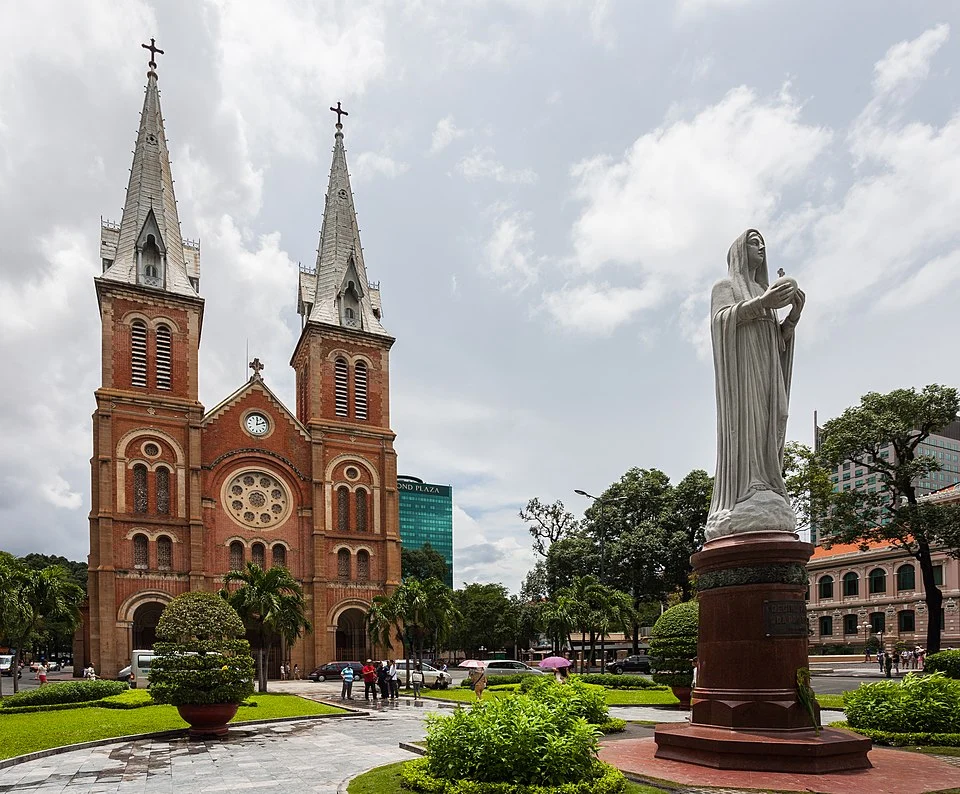
Best Time to Visit in Ho Chi Minh City
Timing your visit to Ho Chi Minh City can make all the difference in enjoying its outdoor vibes. The dry season from December to April is ideal, with sunny days, lower humidity, and temperatures around 28-32°C (82-90°F)—perfect for sightseeing without the downpours. January and February are highlights, offering cooler breezes, but avoid Tet (Lunar New Year, usually late January/early February) if you dislike crowds or closures. March to April brings heatwaves up to 35°C, but it’s still dry and great for festivals. The rainy season (May to November) sees afternoon showers, which can flood streets but keep things lush and prices lower—rain often clears quickly, so it’s not a deal-breaker. If you’re into vibrant events, aim for December’s Christmas lights or April’s Reunification Day celebrations. No matter when, pack an umbrella and embrace the tropical flair.
Safety and Etiquette
HCMC is generally safe, but watch for pickpockets in crowded areas and use crosswalks cautiously amid the scooter swarms. Dress modestly at temples—cover shoulders and knees. Greet with a smile and “xin chao” (hello), and remove shoes indoors. Tipping isn’t customary but appreciated for exceptional service. Stay hydrated, use sunscreen, and avoid tap water; bottled is fine.
Frequently Asked Questions (FAQs)
What are the must-see historical sites in Ho Chi Minh City?
The War Remnants Museum and Cu Chi Tunnels top the list for their deep insights into Vietnam’s past.
Is Ho Chi Minh City good for food lovers?
Absolutely—street food like pho and banh mi is world-class, with markets offering endless variety at low prices.
How many days do I need in HCMC?
Three to five days allow time for key sights, food tours, and a day trip without rushing.
Are there family-friendly activities in Ho Chi Minh City?
Yes, places like the Saigon Zoo, water puppet shows, and parks are great for kids.
What’s the best way to get around Ho Chi Minh City?
Grab rideshares or walking in District 1; for longer distances, buses or tours are efficient.

